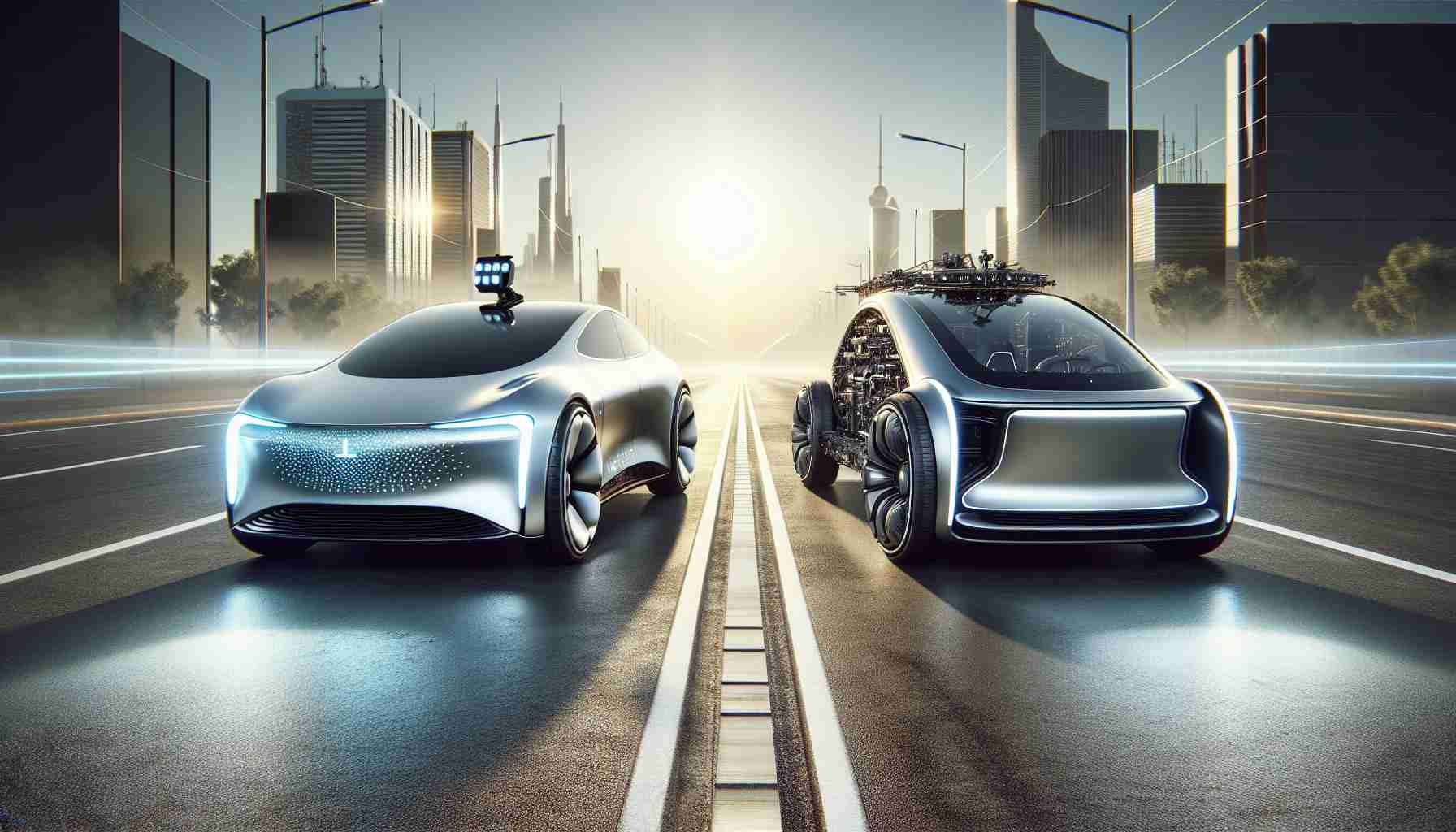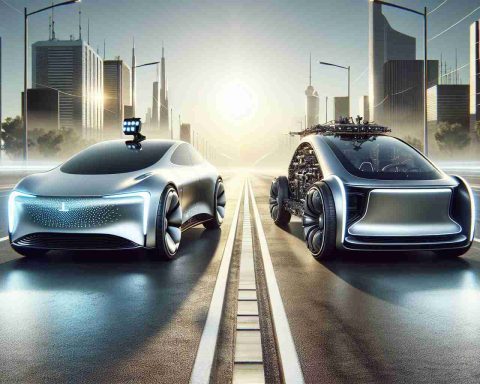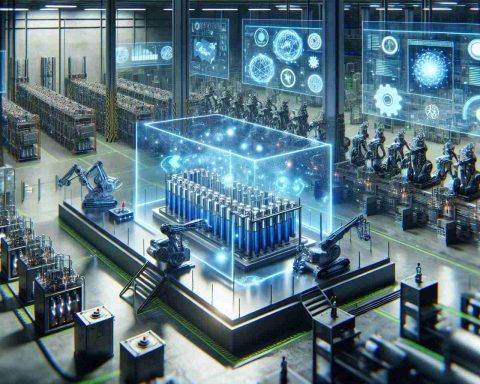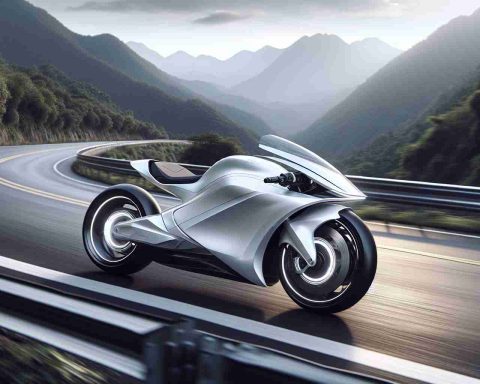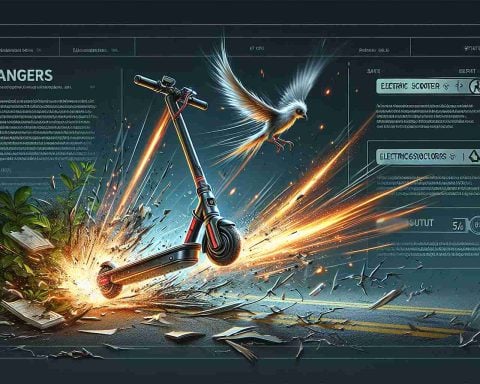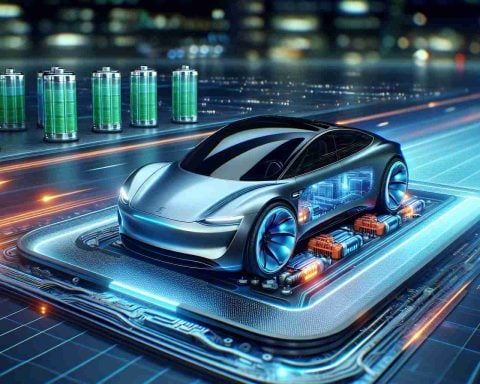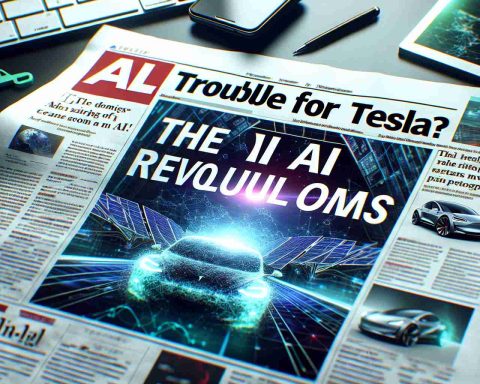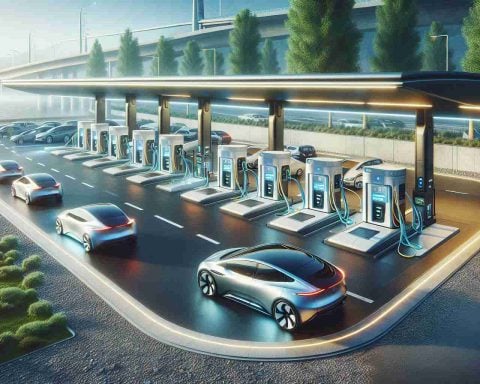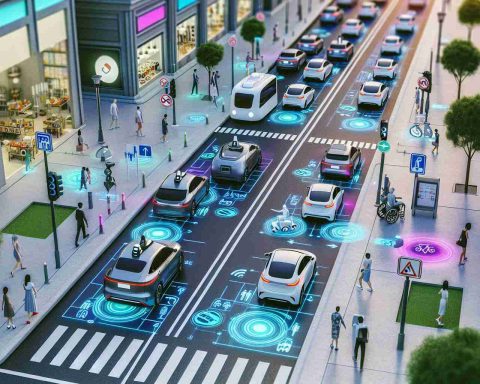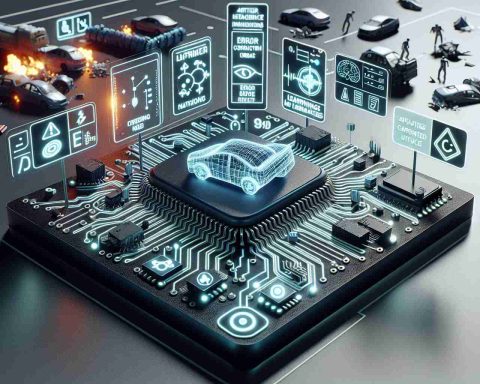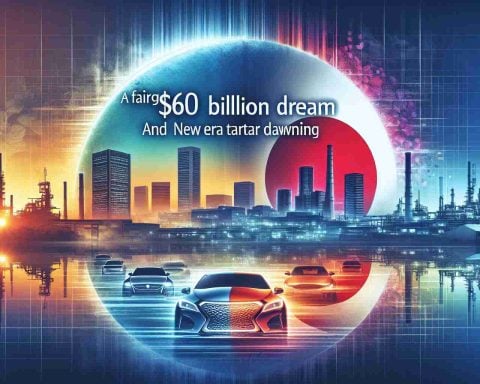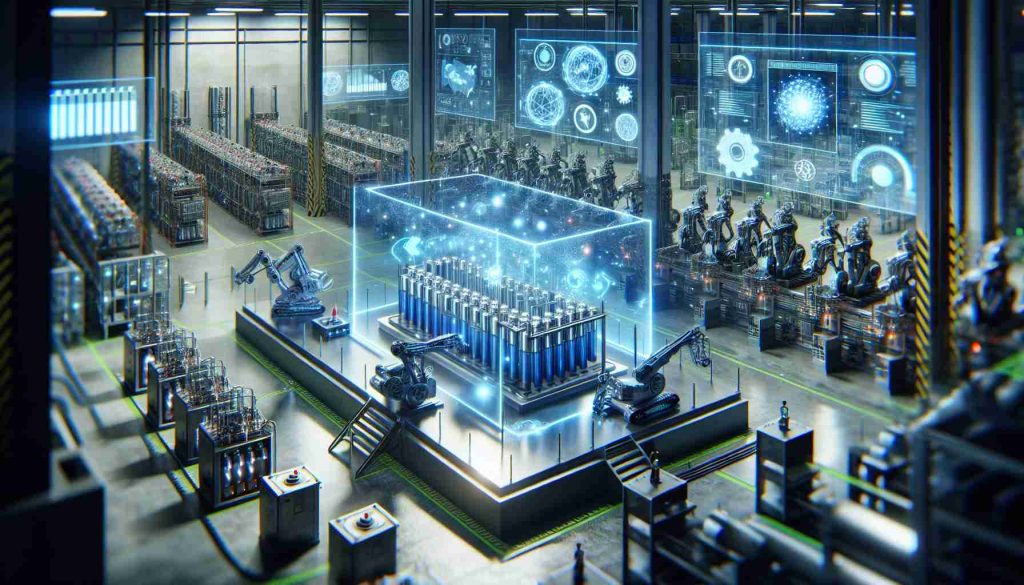- Self-driving technology reshapes the automotive industry, driven by a fierce rivalry between Tesla and BYD.
- Tesla, led by Elon Musk, pushes the boundaries with ambitious plans for a fully autonomous fleet despite recent financial challenges.
- BYD, based in China, disrupts the market with its affordable “God’s Eye” technology, aiming to democratize self-driving cars.
- Both companies aggressively target global expansion, with Tesla focusing on Europe and China, and BYD achieving strong earnings and growth.
- Investors face a pivotal choice in who will define the future of transportation: Tesla, the established innovator, or BYD, the emerging challenger.
The landscape of the automotive industry is undergoing a seismic shift as self-driving technology ushers in a new era of mobility. At the heart of this transformation are two titans—Tesla and BYD—locked in a fierce battle not just for market share, but for the future itself.
Tesla, a name synonymous with innovation, has blazed a trail from its headquarters in Texas. Elon Musk’s ambitions stretch beyond the mundane, promising not only electric cars but a fully autonomous fleet that challenges the boundaries of human driving. Yet, as Tesla grapples with market fluctuations and political entanglements, the path is not without obstacles. Recent earnings fell short of Wall Street’s predictions, with declining auto sales hinting at deeper challenges in maintaining its momentum.
Meanwhile, halfway across the globe, BYD Company in China is making bold moves that threaten to upend the current leader. The unveiling of its “God’s Eye” technology, integrated into vehicles without the hefty price tag, promises to democratize self-driving cars, extending their reach beyond affluent markets. This strategy has catapulted BYD into the limelight, capturing the imagination of investors and revolutionizing the accessibility of cutting-edge technology.
As Tesla eyes new markets in Europe and China, BYD’s global expansion continues unabated, supported by robust earnings and a clear vision for sustainable growth. The choice investors face is no longer just about which company leads in the luxury segment, but which one defines the future of driving itself.
The outcome of this rivalry will dictate more than stock prices—it will set the course for a world that has dreamt of driverless cars for decades. Who will steer us there first: the established visionary from Texas, or the ambitious contender from China? The clock is ticking.
The Self-Driving Showdown: Can Tesla or BYD Win the Autonomous Race?
Features, Specs & Pricing: Tesla vs. BYD
Tesla:
– Autonomous Technology: Tesla’s Autopilot is renowned for its advanced driver assistance features. The Full Self-Driving (FSD) package promises near-complete autonomy and receives regular over-the-air updates.
– Pricing: The cost of Tesla vehicles can range from $40,000 for the Model 3 to over $100,000 for the Model S Plaid, with the Full Self-Driving package costing an additional $15,000.
– Enhancements & Updates: Tesla’s vehicles are designed for feature improvements through software updates without changing hardware, reducing long-term costs for consumers.
BYD:
– Autonomous Technology: BYD’s “God’s Eye” technology adopts a more integrated and cost-effective approach, focusing on affordability and accessibility.
– Pricing: BYD’s models like the Han EV are generally priced lower than Tesla’s equivalents while aiming to incorporate similar self-driving capabilities at a lower cost.
– Affordability: By democratizing autonomous tech, BYD appeals to a broader consumer base, expanding its market penetration beyond luxury segments.
Real-World Use Cases
Public Transport and Ride-Hailing:
Both companies are exploring the integration of self-driving technology into public transport systems and ride-hailing services. This could transform urban mobility by reducing costs and improving service accessibility.
Fleet Operations:
The potential for self-driving technology in logistics and fleet management is vast. Companies could significantly cut labor costs and improve efficiency through autonomous vehicle fleets.
Market Forecasts & Industry Trends
– Global Sales Growth: As the world pivots toward electric and autonomous vehicles, analysts project the global autonomous vehicle market to surpass $60 billion by 2030. Tesla and BYD are well-positioned to dominate this dynamic growth.
– Regulatory Environment: Countries are accelerating policy frameworks to accommodate autonomous technology, impacting how rapidly companies can deploy these vehicles.
Reviews & Comparisons
Expert Opinions:
– Tesla’s Strengths: Tesla’s AI capabilities and extensive data collection from its global fleet give it a competitive edge in improving its technology.
– BYD’s Advantages: BYD’s strategy of lower-cost implementation without compromising technology integrity positions it as a strong contender for market expansion.
Pros & Cons Overview
Tesla:
– Pros: Strong brand recognition, robust technology development, comprehensive industry experience.
– Cons: Higher pricing, regulatory challenges, and dependency on large-scale infrastructure changes.
BYD:
– Pros: Cost-effective technology solutions, strong growth in emerging markets, and environmental sustainability focus.
– Cons: Less brand recognition outside China, potential challenges in technology scalability.
Security & Sustainability
Tesla and BYD are both investing heavily in cybersecurity to protect their autonomous systems, improving vehicle software and encryption protocols to ensure customer safety.
In terms of sustainability, both companies advocate for environmentally friendly manufacturing processes, aligning their operations with global carbon neutrality goals.
Actionable Recommendations
1. For Consumers: Stay informed about technological updates and consider test-driving a self-driving vehicle to understand its capabilities.
2. For Investors: Diversify investments to mitigate risks associated with vagaries of the auto industry while keeping an eye on regulatory changes and tech advancements.
3. For Enthusiasts: Follow industry developments closely and participate in forums or webinars to understand how these technologies might impact societal transportation norms.
For more insights into self-driving technology and electric vehicles, visit the official websites of Tesla and BYD.
